TLDR
Restaurant owners and operators can improve their establishment's performance by leveraging cost control. What does this mean for your business? Quite simply, it means being strategic with your spending and ensuring that every dollar counts.
In this guide, we'll provide some tips on how to effectively manage your restaurant's costs. We'll also explore ways to reduce expenses without compromising the quality of your food or service. So, whether you're just starting out in the restaurant industry or you're looking for ways to improve your current operation, read on for some valuable advice.
Fixed Costs vs Variable Costs
The most important thing to understand about restaurant costs is the difference between fixed and variable expenses. Fixed costs are expenses that are not tied to sales. In other words, no matter how many meals you sell, these costs will remain the same.
Some examples of fixed costs include rent, insurance, and mortgage payments. Variable costs, on the other hand, are expenses that increase or decrease depending on how many meals you sell. Labor and personnel expenses are a good example of variable costs.
Understanding the difference between fixed and variable costs is key to controlling your restaurant's expenses. If you can find ways to reduce or eliminate your fixed costs, you'll be in a much better position to weather tough times or downturns in business.
The Benefits of Invoice Automation
When you're looking to control your restaurant costs, invoice automation can be a big help. Automated invoicing streamlines the entire billing process, from creation to payments. This not only saves you time, but it also reduces the chance of errors. And when you're dealing with food costs—which can easily spiral out of control if you're not careful—every bit of accuracy counts.
But that's just the beginning. Automated invoicing also provides you with valuable insights into your restaurant's spending. With real-time data at your fingertips, you can track your expenses and identify areas where you might be able to cut back. This can help you keep your expenses under control and improve your restaurant's bottom line.
Interested in giving invoice automation a try? There are a number of great options out there, and most of them are relatively easy to set up. So why not give it a shot? You might be surprised at just how much of a difference it can make.
Calculate Cost of Recipes & Portion Size Control
One of the easiest ways to control costs at your restaurant is to calculate the cost of each recipe and portion size you offer. This will help you identify which menu items are costing you more, and give you the opportunity to make adjustments.
By calculating your portion cost, you can determine an ideal price for each menu item without sacrificing quality or decreasing profit margins. You can also use this data to standardize portions, so that each plate is consistent in volume and cost.
You’ll want to determine the cost of each ingredient included in a recipe before calculating your standard portion cost. The total ingredient cost should include any discounts or deals that you may receive from vendors, as well as any additional overhead costs, such as labor and energy costs. By weighing these factors against your target menu item prices, you’ll be able to gain better control over restaurant costs while boosting your profits.
Streamline Inventory Management
When it comes to controlling costs, it's all about streamlining inventory management. By utilizing an inventory management system integrated with your POS system, you can track the performance of each item in your restaurant.
You'll be able to track real-time data and make data-driven decisions on what needs to be ordered, what customers are ordering, and which items cost the most money. You'll also be able to identify which items are generating the most profit and see which items are selling well.
In addition to a inventory management system, I recommend integrating food inventory and accounting software into your restaurant operations. This will help you track sales, food costs, and even prevent theft by monitoring employee transactions. Tracking inventory will also improve customer service by giving your restaurant staff visibility into what items are currently in stock or need to be ordered quickly.
Implement a Waste Reduction Strategy
The importance of reducing waste cannot be understated as it can have a huge impact on your bottom line. One of the best ways to do this is by implementing a waste reduction strategy. This involves tracking and monitoring your restaurant’s inventory and food cost percentage on a regular basis.
This can help you identify products that are over or understocked or have poor quality control, which can increase the likelihood of wastage. Additionally, work with suppliers to reduce food costs and reduce waste by using accurate ordering processes. You should also conduct regular inventories to compare purchase cost versus the quantity of garbage produced to get a better understanding of what items are being wasted and why.
By employing these tactics, you’ll be able to reduce wasted inventory and use resources more efficiently. Doing so will help cut costs and make sure that your business is operating at its best—all while helping you save money in the long run!
Automate Supplier Purchasing
When it comes to controlling food costs, automating supplier purchasing is one of the most effective methods. By automating this process, you can eliminate human error and ensure that the correct items are ordered at the correct quantities. This can help to control food waste and keep your inventory balanced.
To get the most out of automated supplier purchasing, be sure to monitor your purchasing trends and invoices. This will help you to identify problem areas and make necessary adjustments. Additionally, it's important to know your recipe costs and price your menu profitably. With this information, you can make informed decisions about what items to include on your menu and how much to charge for them.
Conclusion
When it comes to cost control, data is your friend. By leveraging invoice automation, automated supplier purchasing, recipe costing, and inventory management, you can make sure that you're keeping track of your spending and making the most of your resources. With the power of data at your fingertips, you can improve performance at your restaurant and keep your costs under control.


.webp)


.webp)
.png)
.webp)

.avif)
.webp)
.webp)
.webp)

.webp)

















.svg)
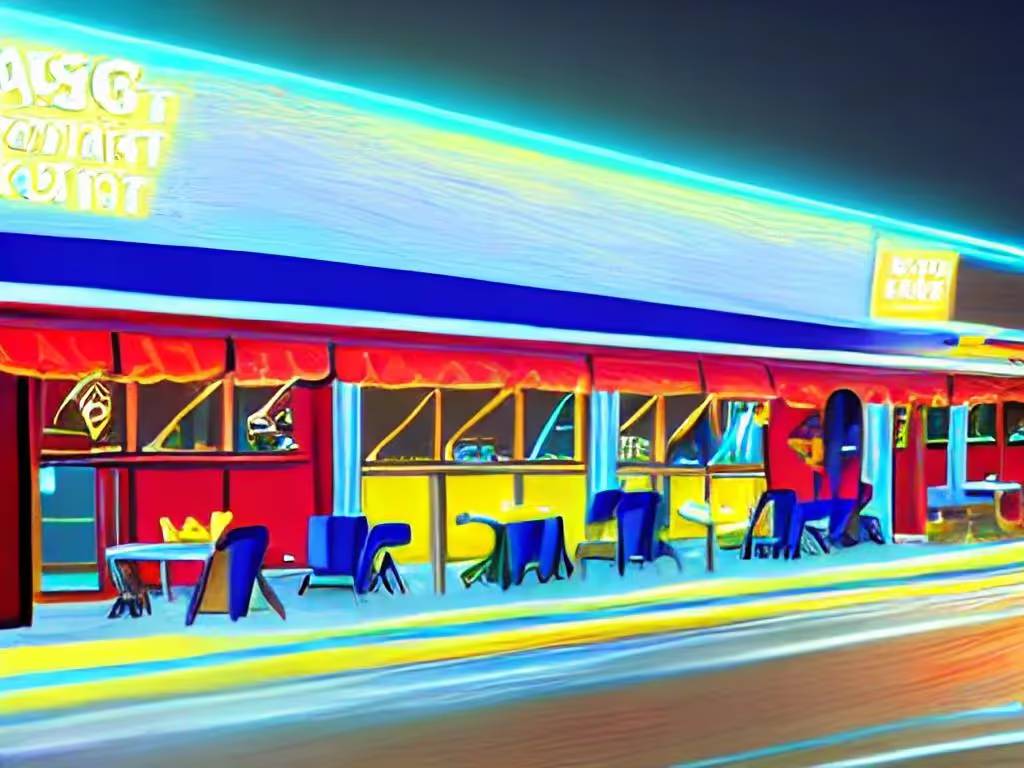




.svg)
.svg)
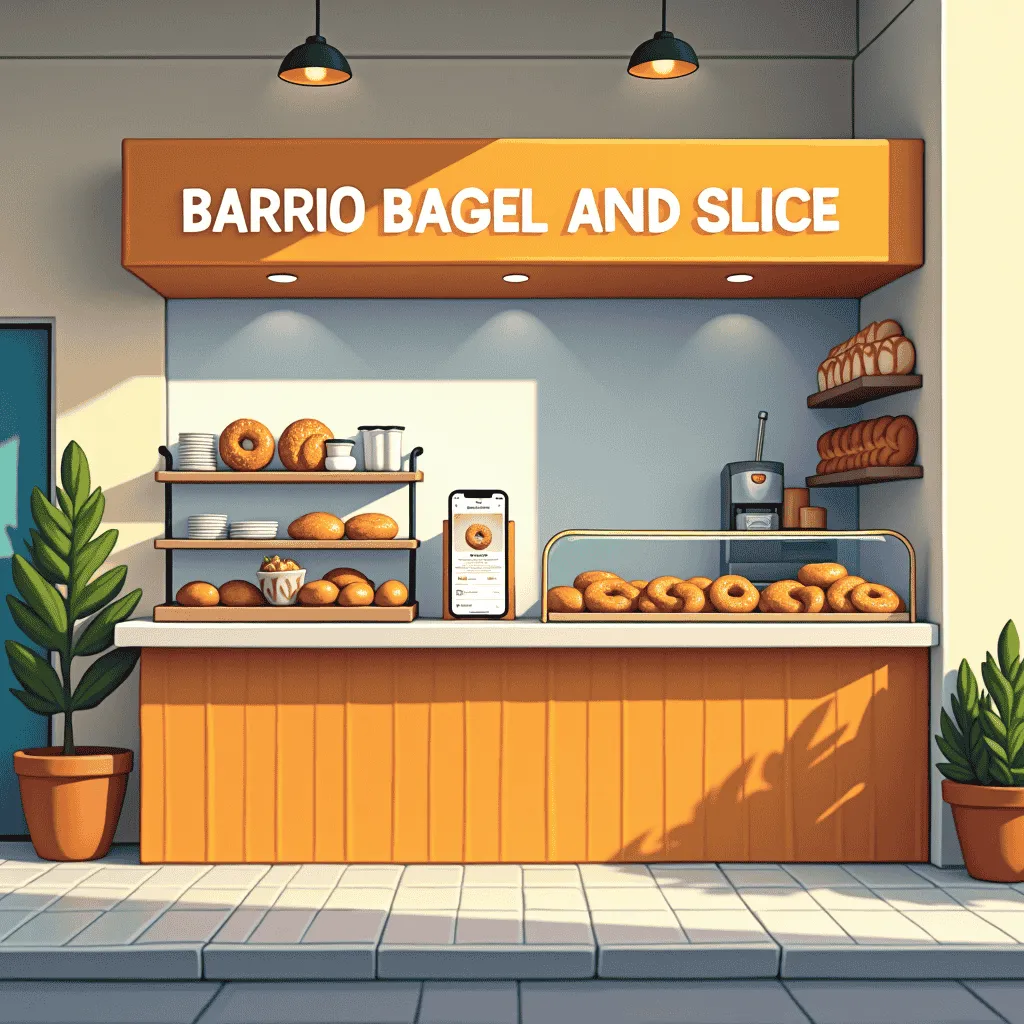

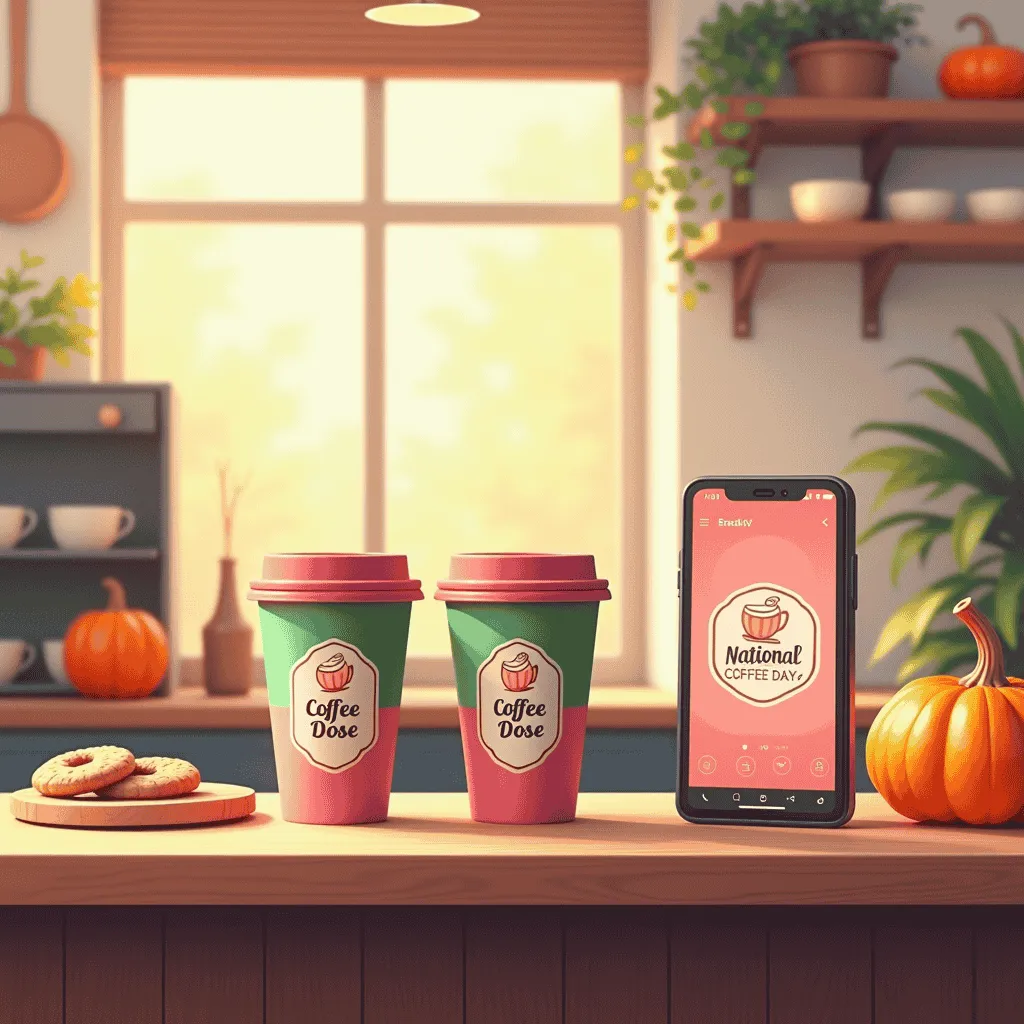
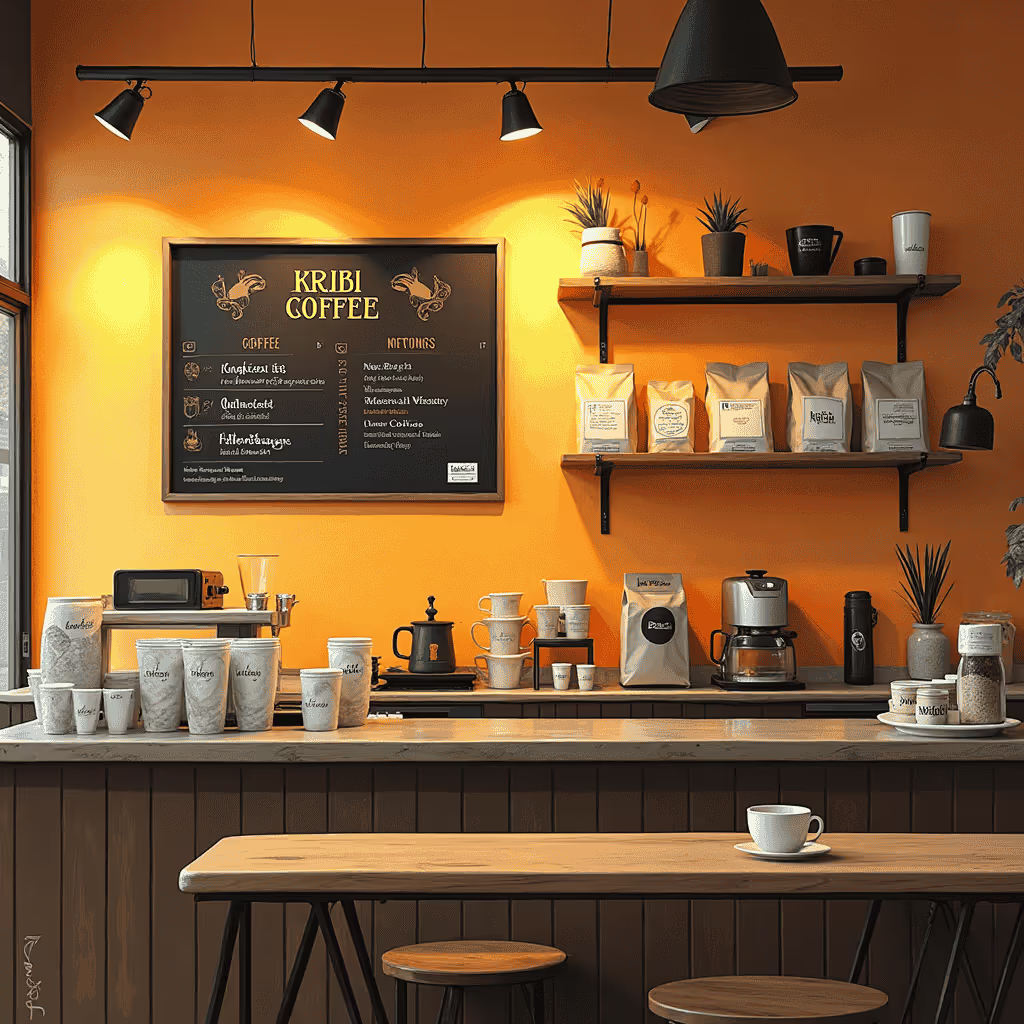
.avif)
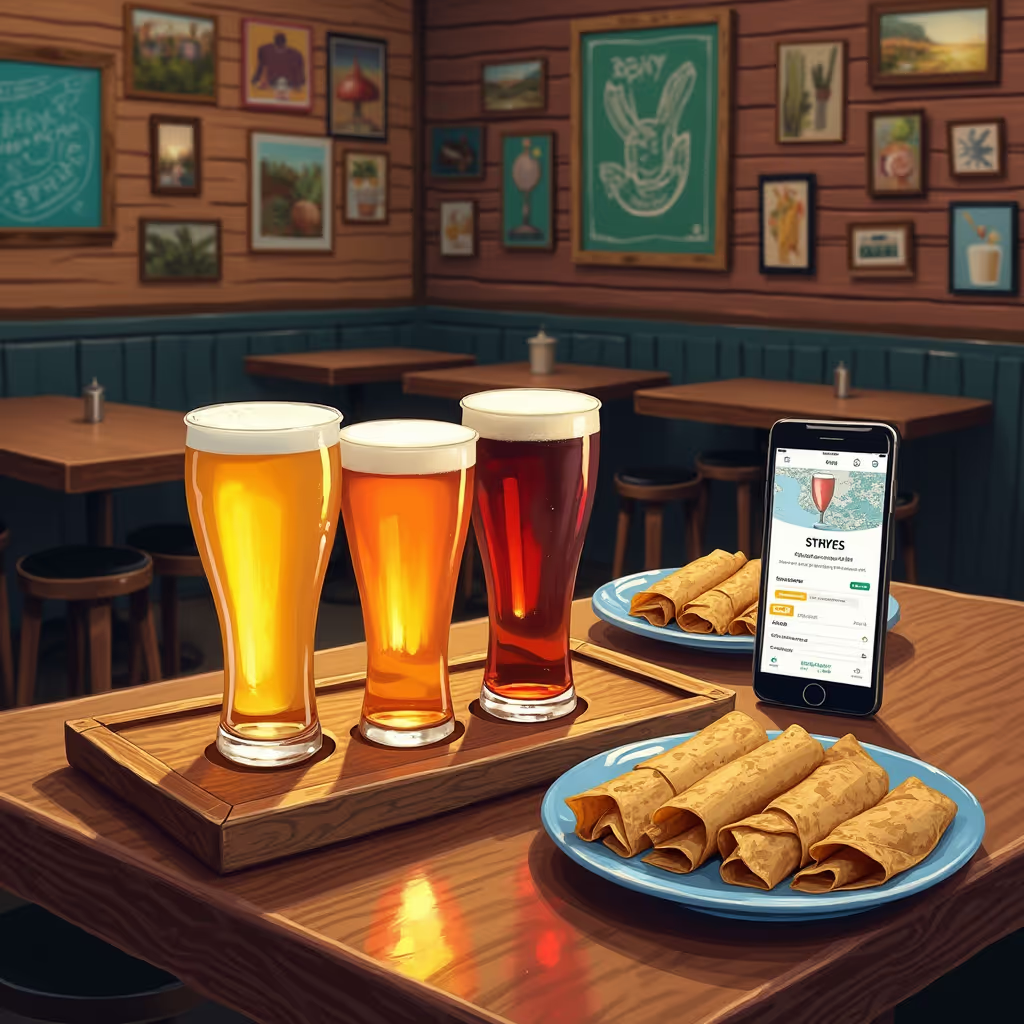
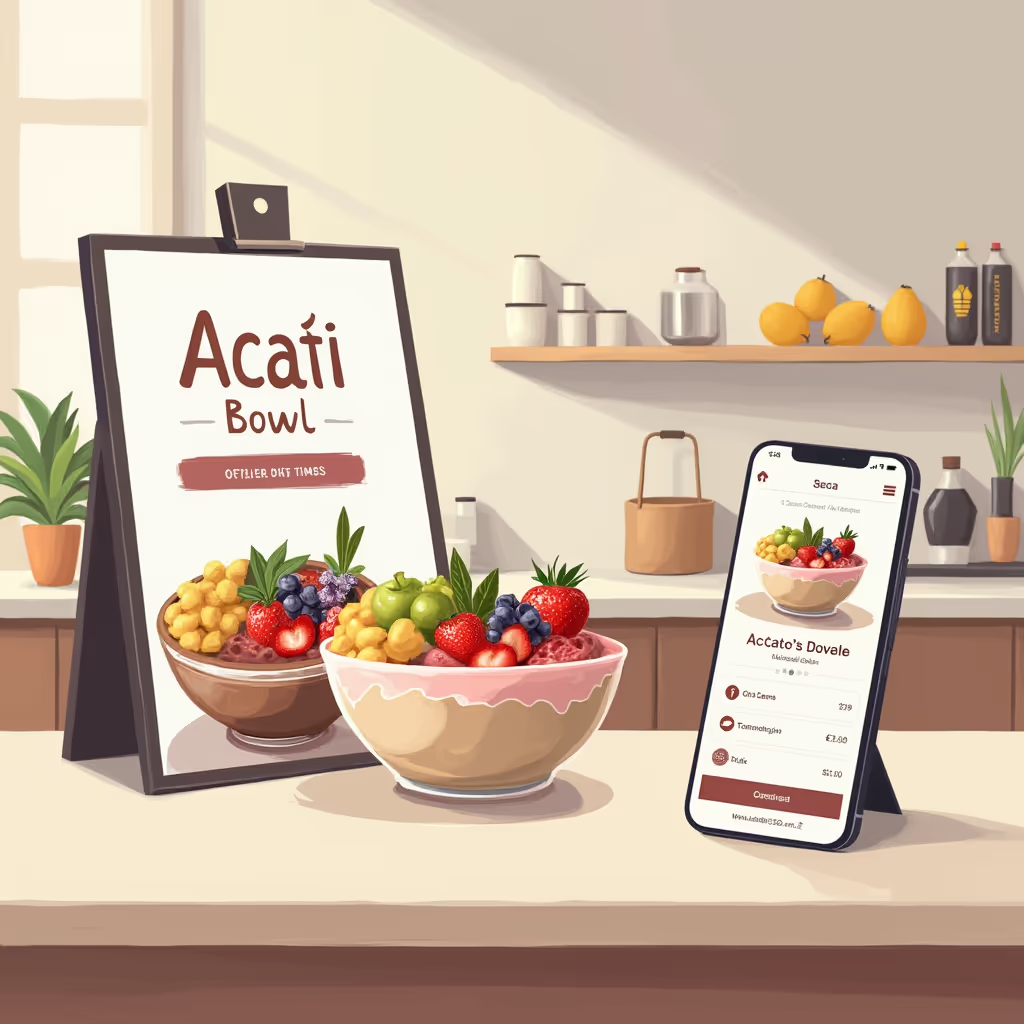

.avif)
.avif)
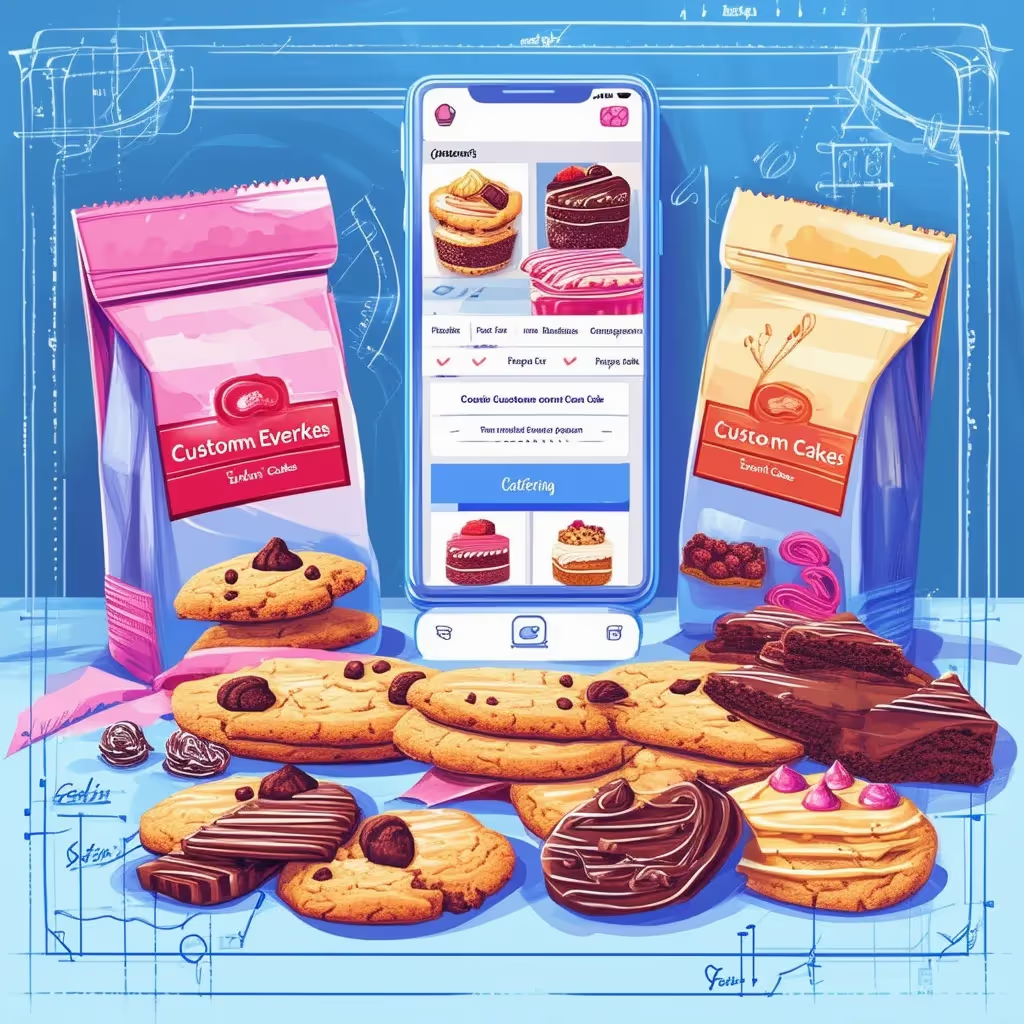
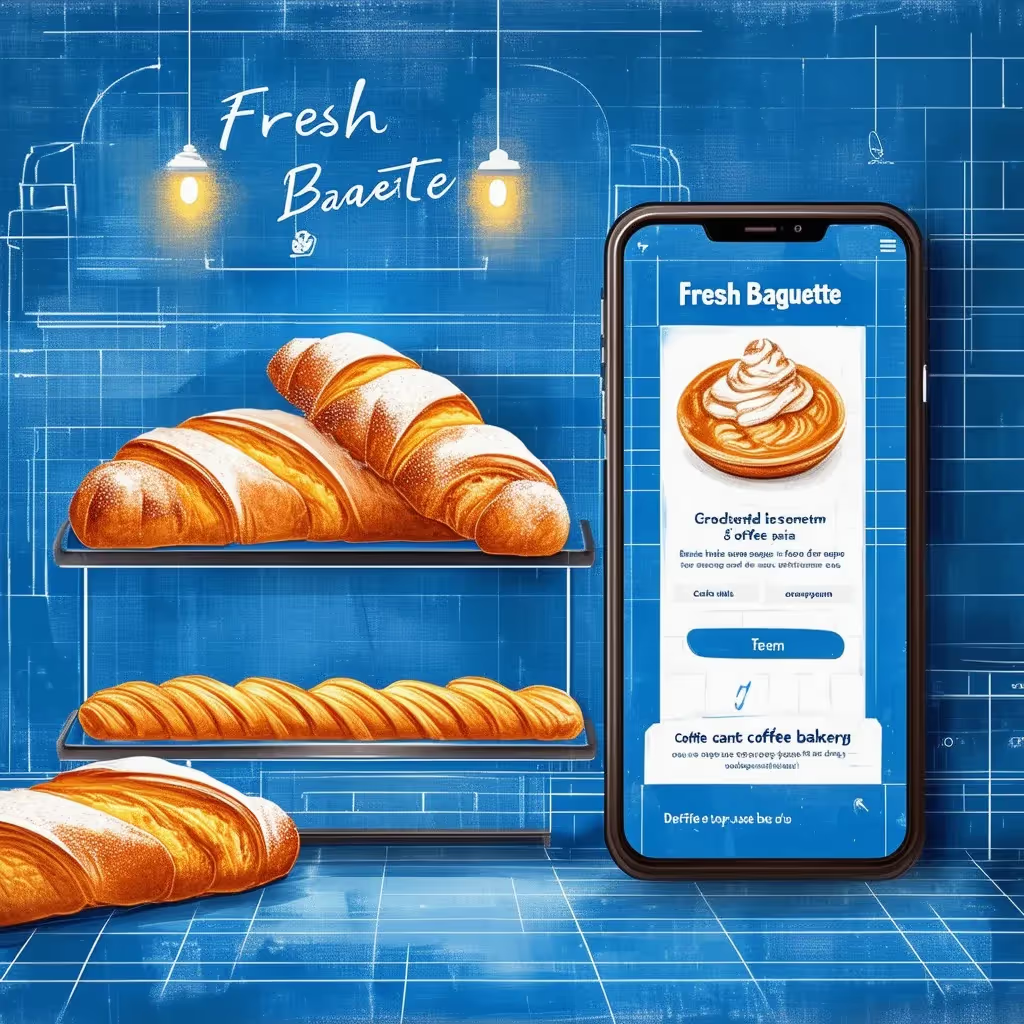
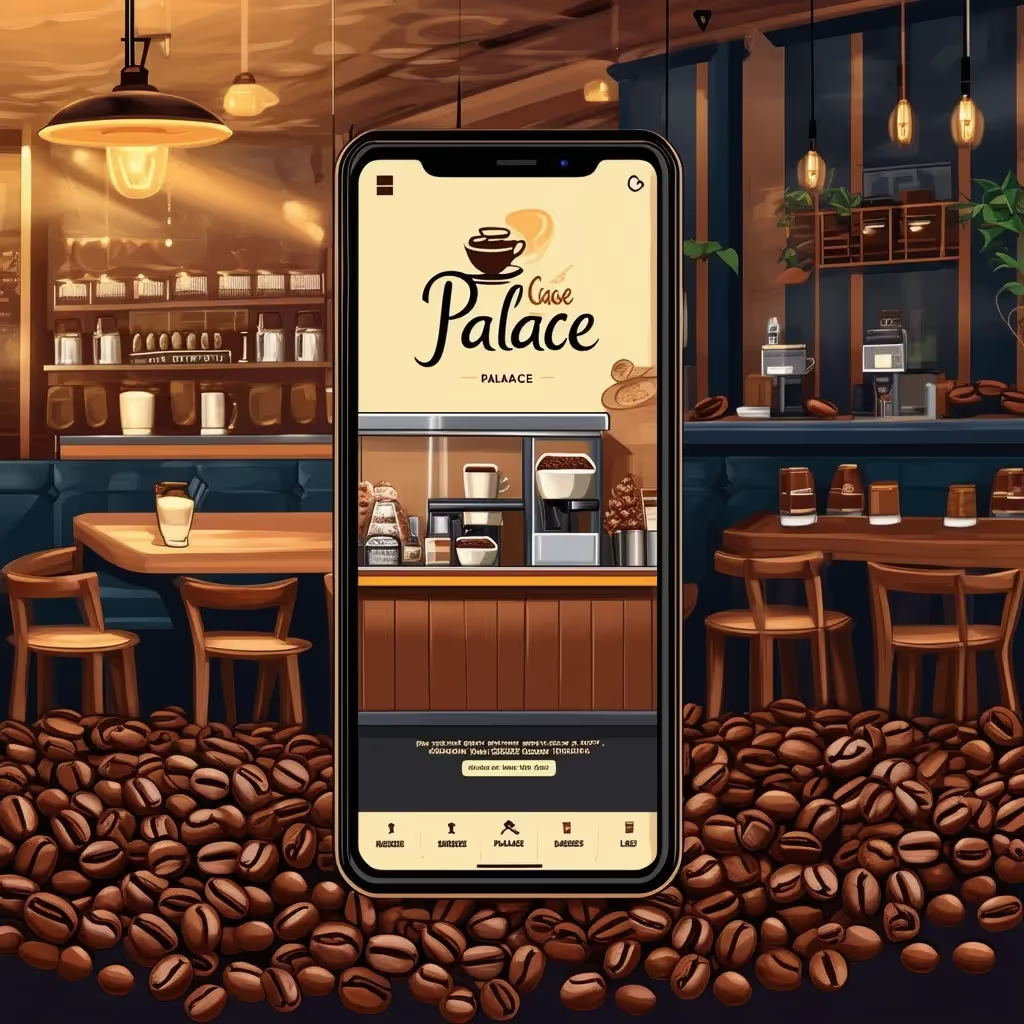

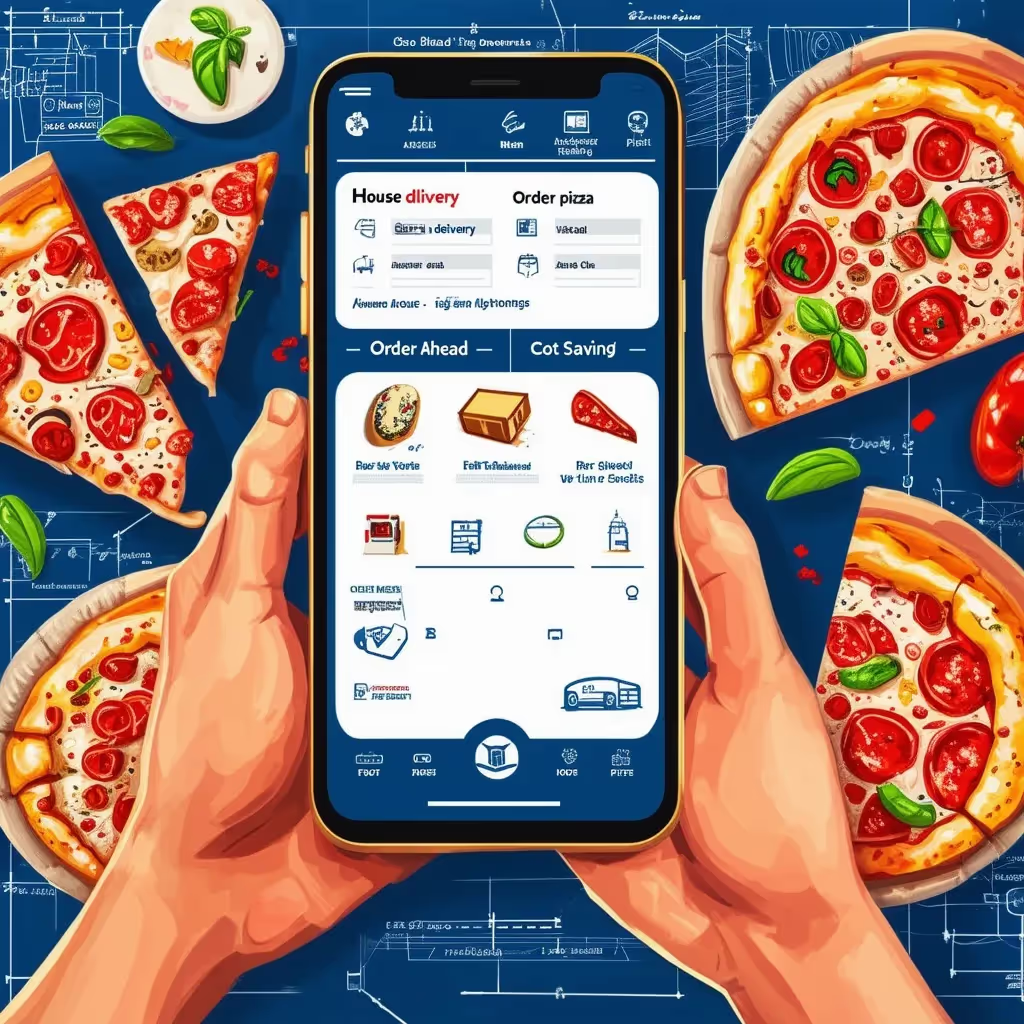

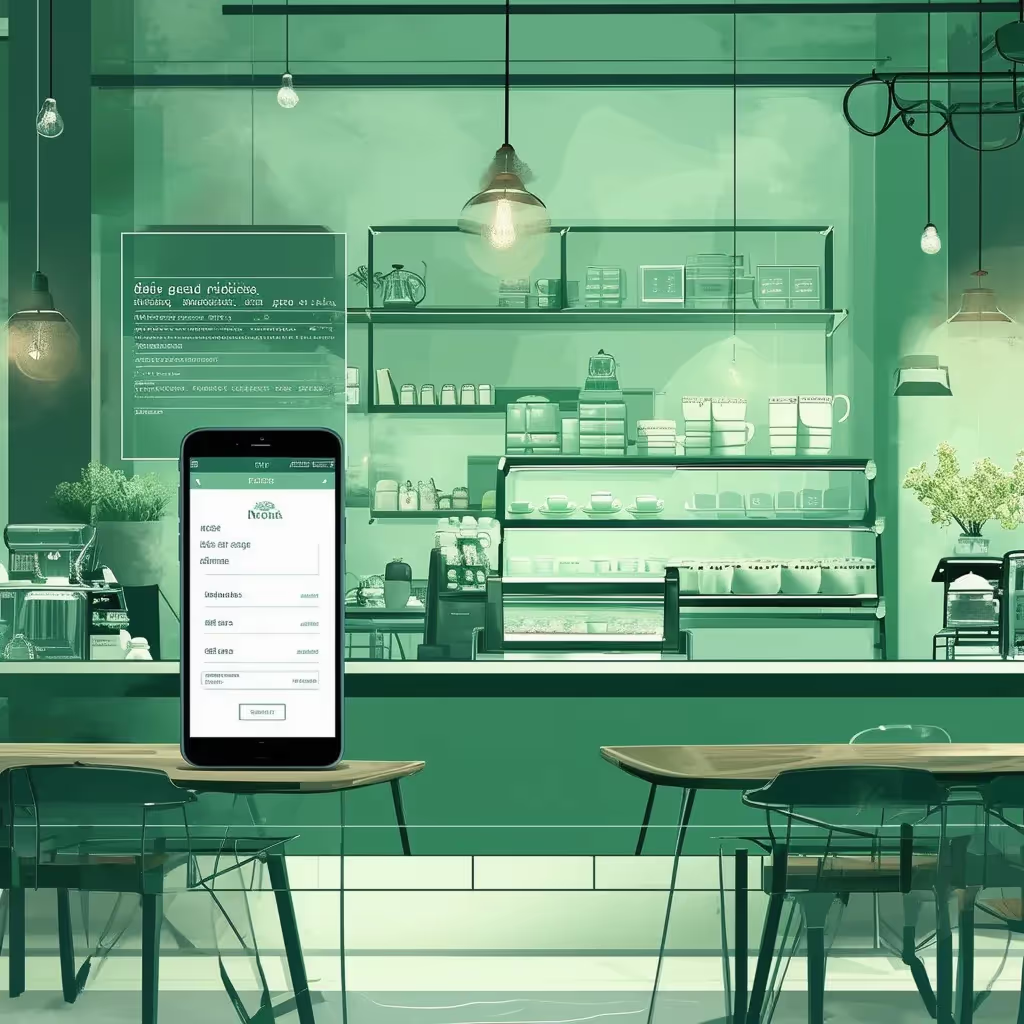

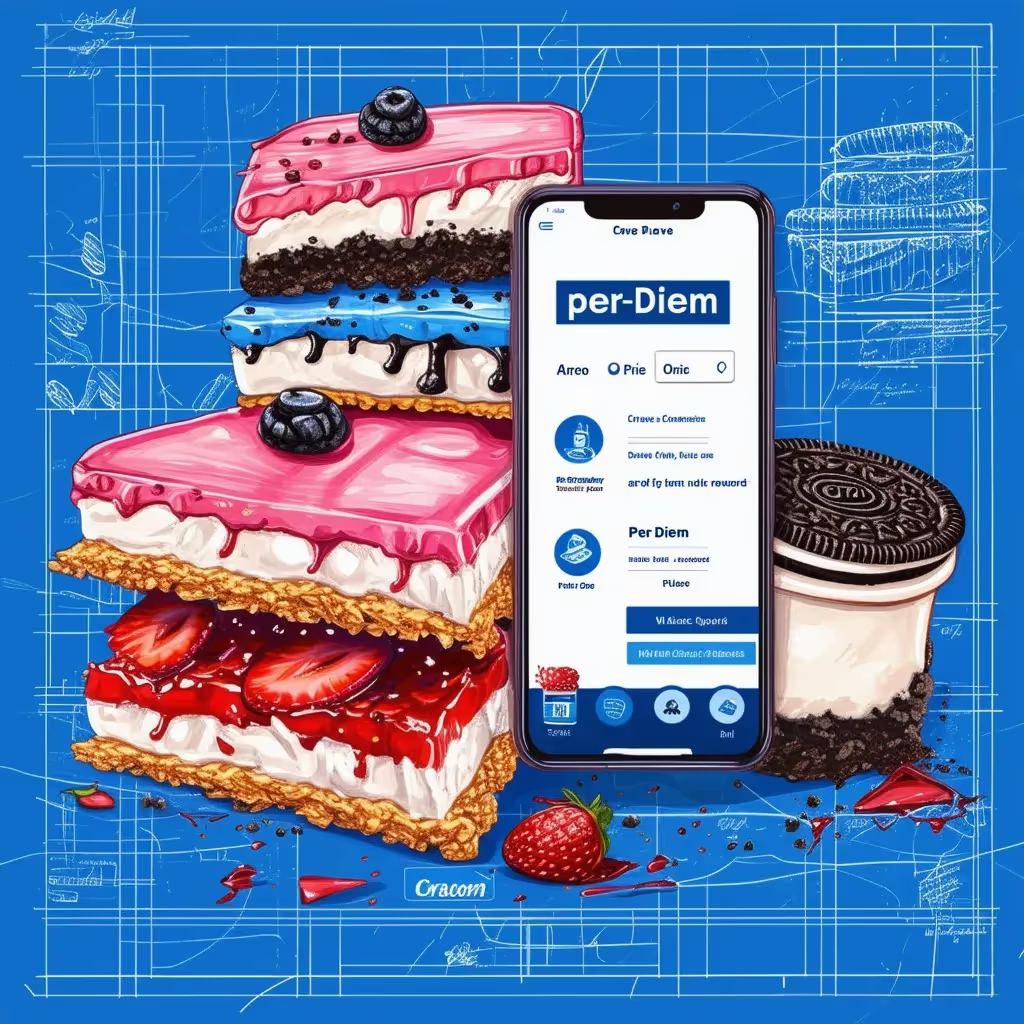
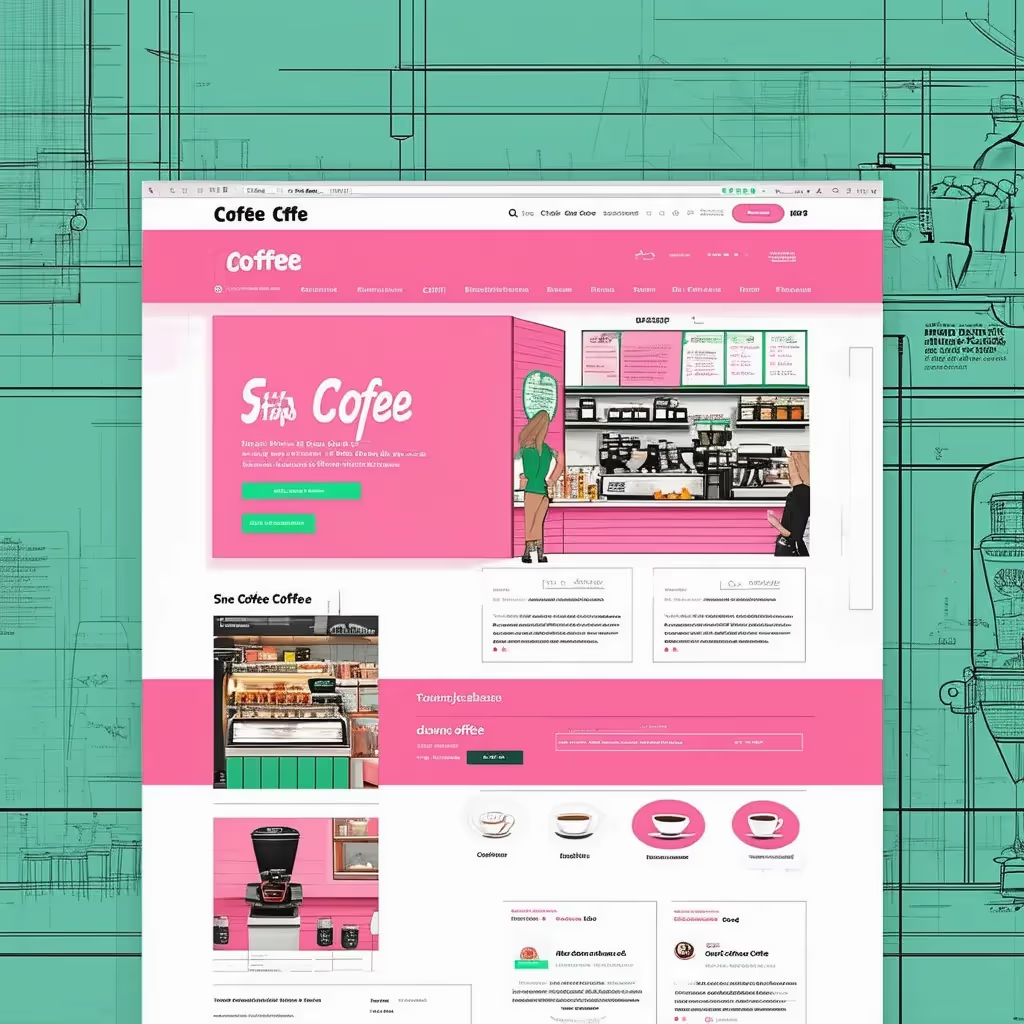
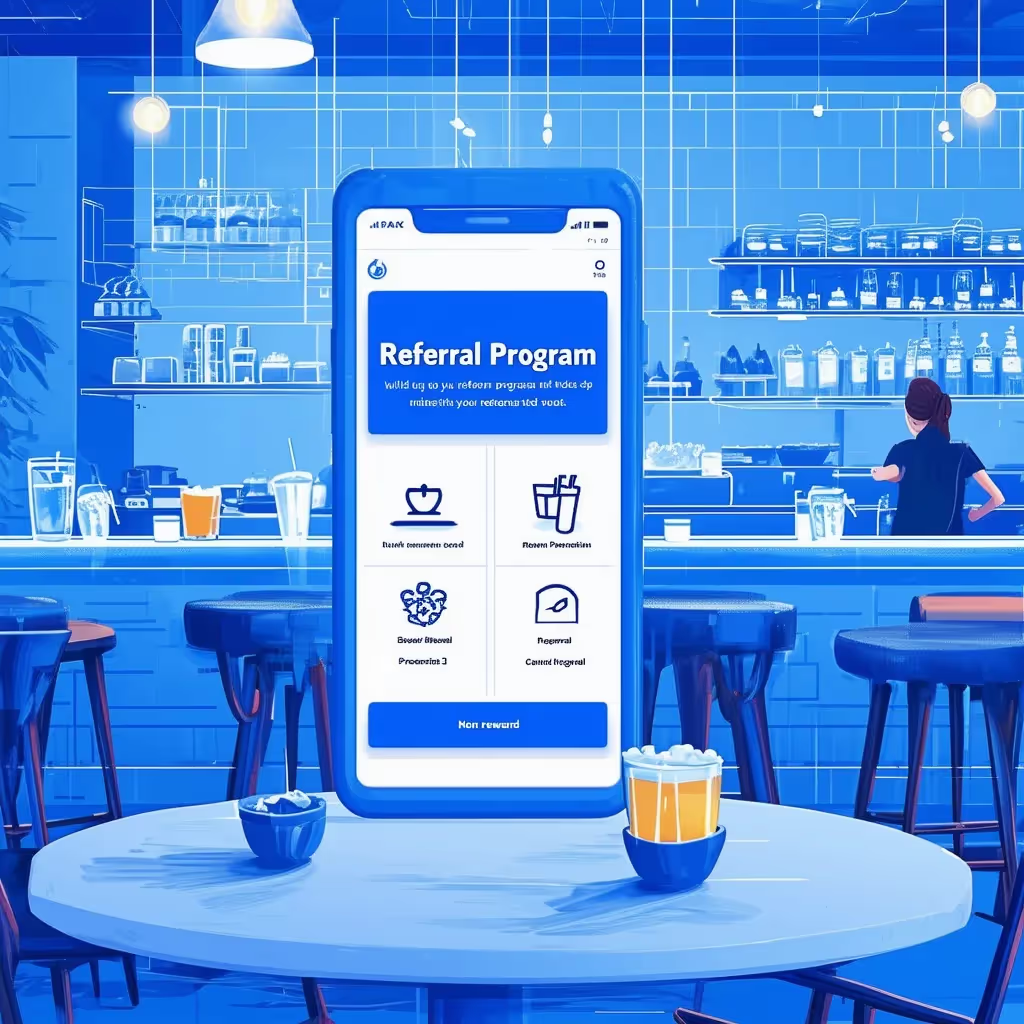





.avif)




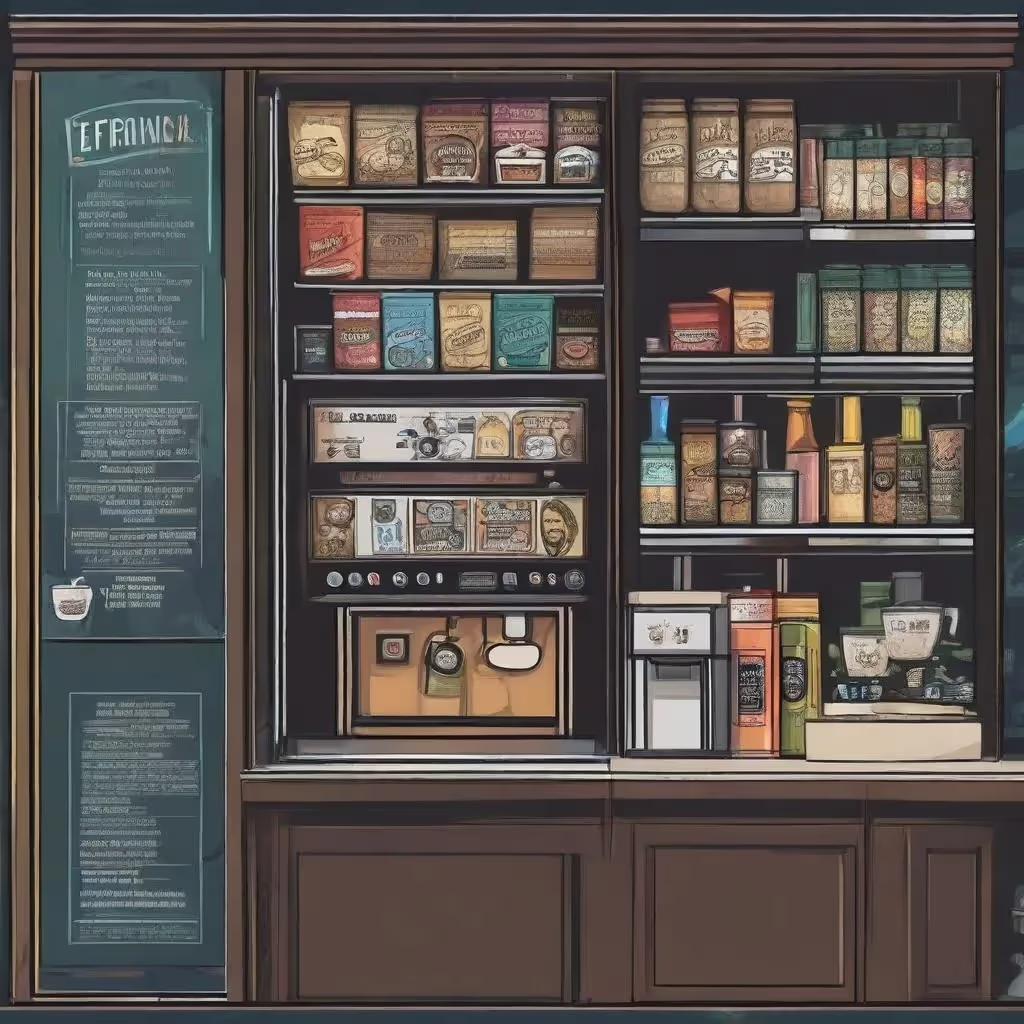
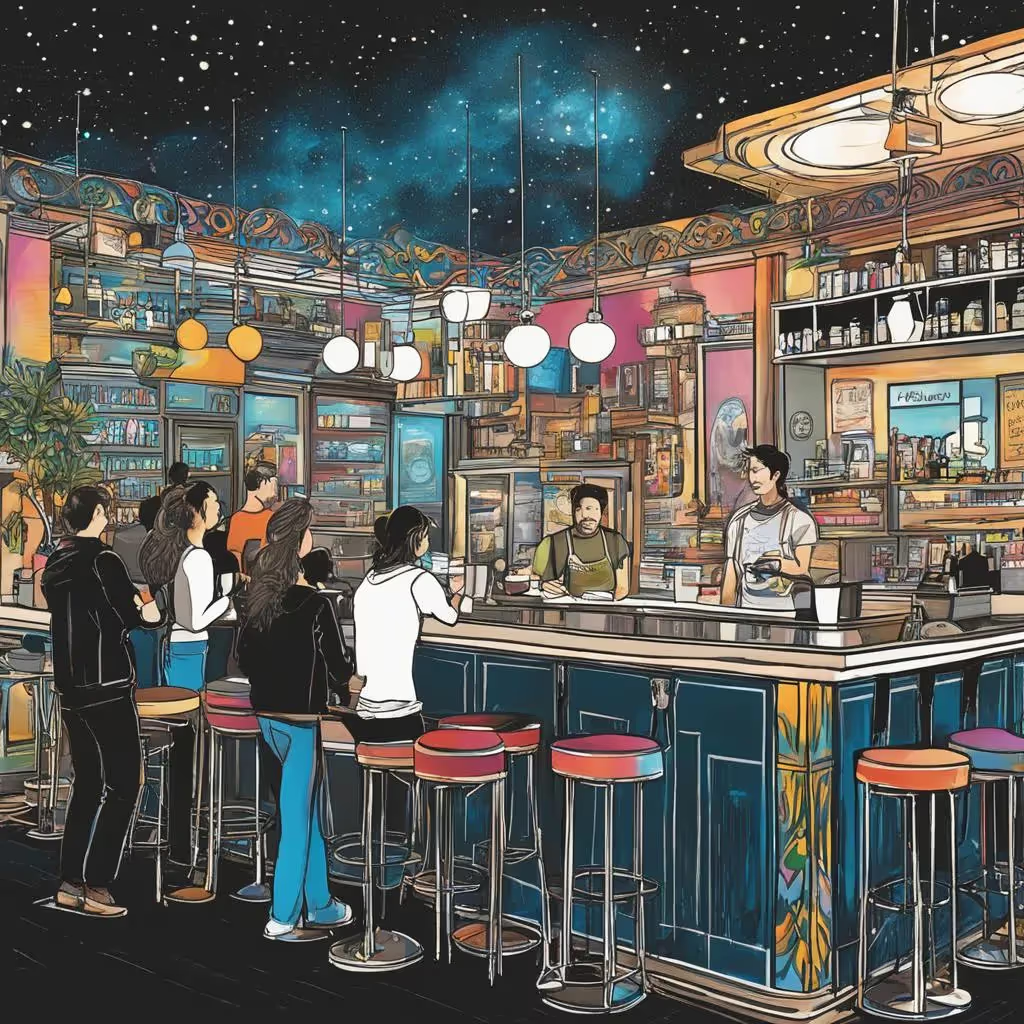


.avif)










